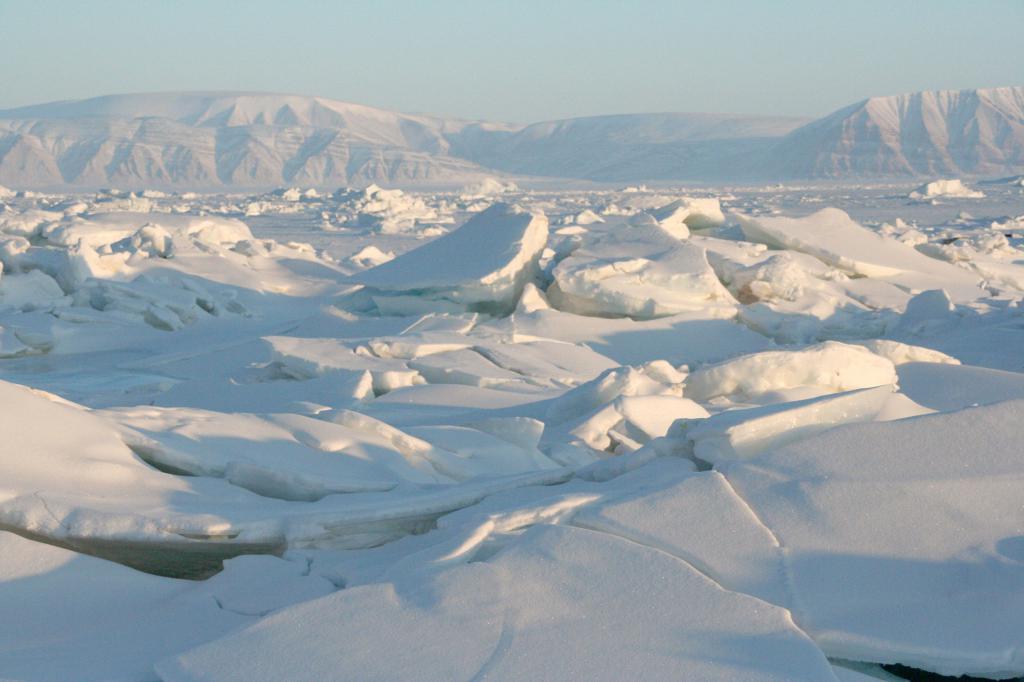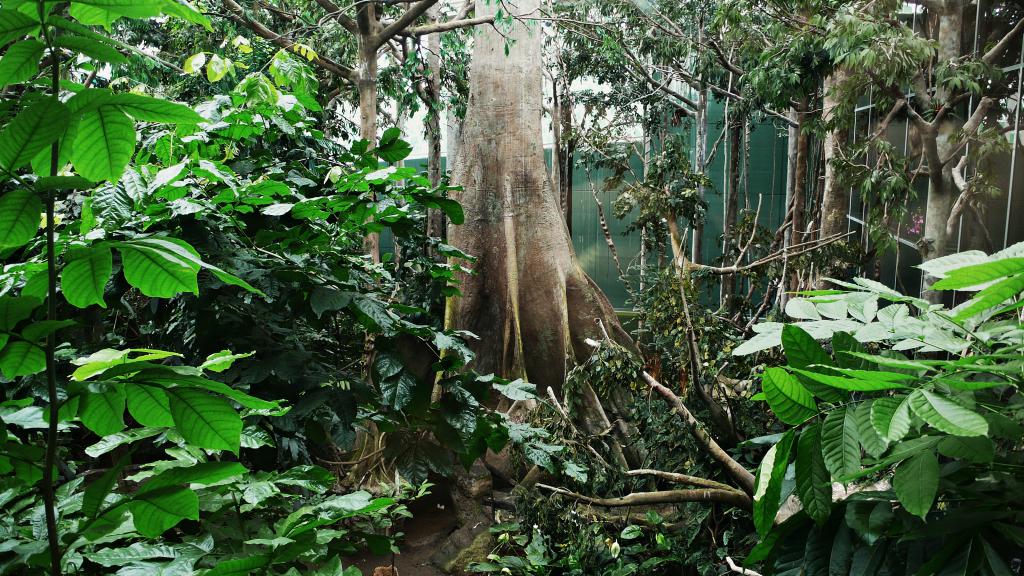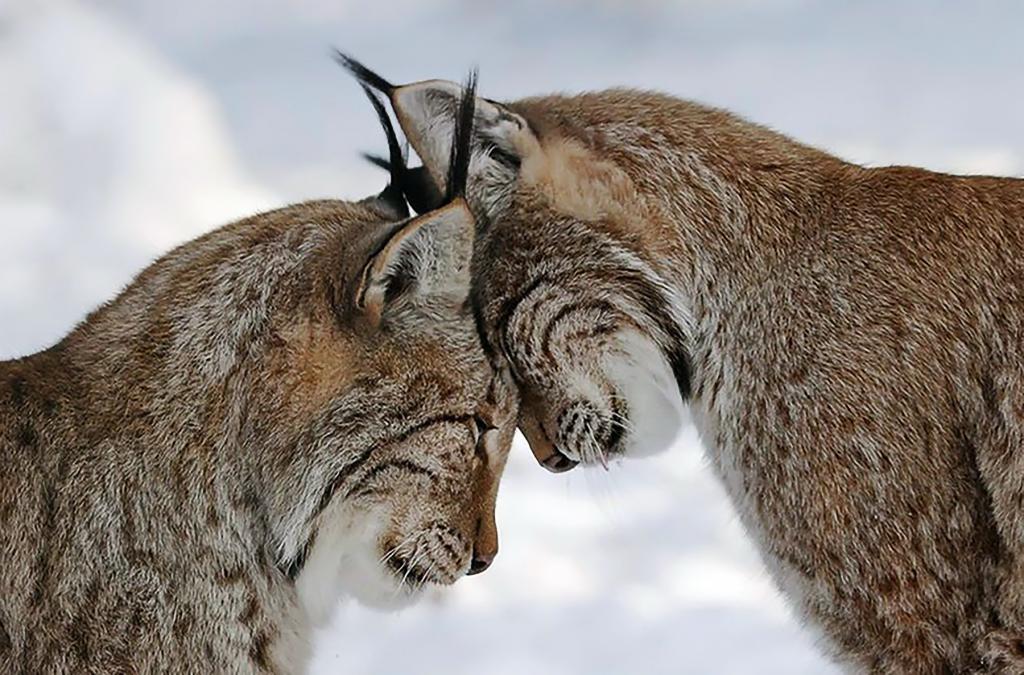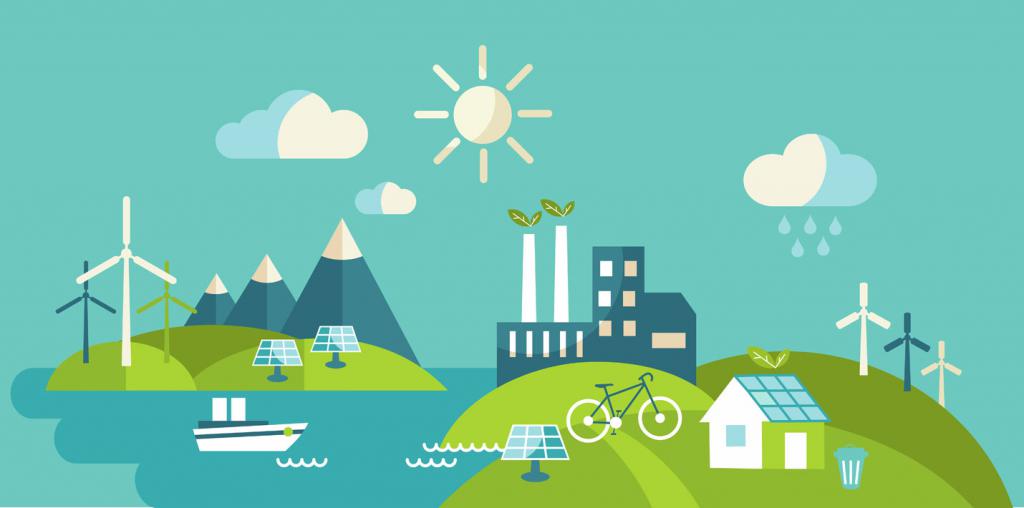All environmental components are closely related. They constantly interact, so changing at least one of them will certainly entail changes in all the others. What are the main components of the human environment? How exactly do they affect each other? Let's find out.
Human environment and its components
Everything that is around a person is called the environment. This concept includes not only natural, but also anthropogenic conditions that somehow affect the lives of people. Together they create an integrated and very coherent system, each element of which is responsible for its normal functioning.
The components of the environment can be divided into:
- Natural.
- Anthropogenic.
- Natural anthropogenic.
Natural components of the environment are all substances that are naturally formed on the planet. These include atmospheric air, surface and groundwater, soil and rocks, climate, microorganisms, flora and fauna. The relief can also be included in such a list, because its character influences us in many ways.
Anthropogenic components of the environment do not arise in the process of evolution and other natural processes, but are necessarily created by man for his needs. These include cities, industrial zones, power lines, buildings, roads, etc. If an object of wildlife was somehow changed and transformed by man, then it is called natural and man-made. Examples of this type of component are gardens, landscape parks, forest belts, and agricultural land.
Air
The most important component of the environment is air. Its shortage or severe pollution is most felt by our body and immediately affects our well-being. If a person is able to live without water for several days, then without air he can not last even five minutes.
It consists of a mixture of various gases, 98% of which are nitrogen and oxygen. A much smaller proportion is accounted for by neon, argon, hydrogen, xenon, carbon dioxide, methane and other substances. Together, they form the air shell of the planet - an atmosphere that participates in the formation of climate and weather conditions, and also protects us from powerful solar radiation.

The air condition of the atmosphere directly affects the life of a person and all other creatures on the planet (except for anaerobic microorganisms). When contaminated, its composition changes - the amount of oxygen decreases, but the proportion of other gases and harmful impurities (heavy metals, aerosols, dust) increases. As a result, it becomes more difficult to breathe, and the body also consumes substances that poison it.
We do not immediately feel some of the effects of pollution, but they are no less important. Thus, an increase in the percentage of greenhouse gases in the atmosphere leads to higher temperatures and climate change. All this manifests itself in the form of melting ice, the appearance of drought and various natural disasters in certain regions of the Earth.
Water
Among the main components of the environment is water. It is present in air and soil, is part of the bodies of living organisms, and is also home to many animals and plants of the Earth.
Water is necessary to restore vital energy, but not all of it is suitable for this purpose. Its huge part is salty and unsuitable for drinking, industry and agriculture. Useful is fresh water, which accounts for only 2.5%. At the same time, getting it is not so simple, because more than 90% of this amount is contained in glaciers.

There are a number of environmental issues associated with fresh water today.So, it is distributed unevenly across the planet, and for some regions (the Arabian Peninsula, most of Africa, etc.) is a deficit. In those parts of the world where there is enough water, it is consumed at an increasing rate and is also polluted. Thus, every day the amount of available and usable water becomes less and less. Currently, one in six people on the planet is experiencing a lack of it.
The soil
The top layer of land on the earth's surface is represented by soil. It is very closely connected with other components of the environment, as it is the result of their joint activities. The soil is formed due to changes in rocks, due to the influence of heat, water, air, microorganisms, animals and plants on them.
It has its own unique structure and composition, and one of its main qualities is fertility. If the soil contains a sufficient amount of mineral and nutrients, it becomes an ideal substrate for the growth of trees, grasses, bushes and other plant forms. Due to these properties, the soil provides food for many animals, and also provides an opportunity for the development of agriculture and forestry.

The most fertile soils contain nitrogen, zinc, sulfur, calcium, copper, phosphorus, various compounds and acids. Currently, land that is suitable for cultivation is only 22% of the total land area. In absolute numbers, China, Australia, the USA and Russia possess the largest developed agricultural plots.
Vegetation
The vegetation cover of the Earth is very dependent on the characteristics of the climate and soil of the area. It is most scarcely represented in desert arid regions and in the Arctic regions. Its species diversity is most widely represented in hot regions that are closer to the equator. There are moist tropical forests with all kinds of palm trees, rare trees, vines, shrubs and grasses.
Tropical rainforests are common in Central America, northern South America, Central Africa, and Southeast Asia. They are suppliers of valuable wood, materials for research, medicine and pharmaceuticals. They are called the "lungs of the planet", since it is believed that they produce most of the Earth's oxygen. However, this is not entirely true, because cyanobacteria of plankton are responsible for the production of oxygen, and tropical forests only actively participate in its cycle. They play a much larger role in the processing of carbon dioxide, which prevents it from accumulating in the atmosphere and creating a greenhouse effect.

Animals
The animal world forms a separate biological kingdom, which includes all multicellular organisms that can move. Unlike plants, they feed only on prepared organic compounds and cannot produce them themselves.
These include 66,000 vertebrates, about 70,000 invertebrates, more than a million insects and hundreds of thousands of species from other classes. They inhabit the soil, water, the earth's surface, mastered the movement through the air and life on trees.
Animals are an important part of all biocenoses. They contribute to the formation of soils, the spread of plants, serve as food for humans and other animals. The disappearance of at least one species can lead to a sharp change in the landscape of the terrain on which he inhabited. So, for example, what happened in Yellowstone American Park, where all wolves disappeared in the 20th century. This led to the domino effect: the number of ungulates increased, the vegetation cover decreased, soil erosion began, and riverbeds changed. As soon as the wolves were settled there, the ecosystem began to recover.
Now there are fewer animals, as they are openly hunted, despite official prohibitions. At the same time, the areas of their natural living conditions are declining more and more, which is why they have nowhere to live and eat. Because of this, some wild animals are getting closer to the villages, looking for a source of food.

Cities
Artificial, but very significant component of the environment for humans are cities. They appeared thousands of years ago. Even then there were megacities with a population of 200-800 thousand people (the capital of the Tang empire in the eighth century, Rome, Ctesiphon). Today, these numbers have grown tenfold, and the largest cities in the world are inhabited by several million people: Shanghai (25 million), Karachi (23 million), Beijing (22 million), Delhi (16 million), Lagos (16 million).

Cities and the area around them are typical anthropogenic landscapes. For their construction, forests are often cut down and vegetation uprooted, the terrain changes, and the natural riverbeds change. Together with cities, dams, ports, roads, parks and other environmental components arise. Inside them appears its animal and plant world, which is controlled by man.
Today, about half of the world's population lives in cities, which does not always have a good effect on the nature of the planet and the people themselves. Transport and industry pollute the atmosphere with emissions of harmful gases and heavy metals, noise on the streets and at home (from household appliances) leads to stress and nervous diseases, and a close large concentration of people and their close interaction creates the conditions for the growth of pathogenic microorganisms and the spread of diseases.
The relationship of the elements of the environment
The components of the human environment are all the objects around him, they affect his existence. By the way, he does not stand aside, constantly intervening and changing them for himself. So, there are a variety of anthropogenic or natural-anthropogenic elements: village villages, metropolitan areas, landings and parks, without which we can not imagine life.
However, you need to be careful. Too strong impact on the components of the environment leads to irreversible consequences, because they are all connected with each other. With the change of one element, the others also change. Thus, deforestation leads to soil erosion, a decrease in the number of animals and plants, an increase in harmful substances in the atmosphere, and a change in climate and landscape.
